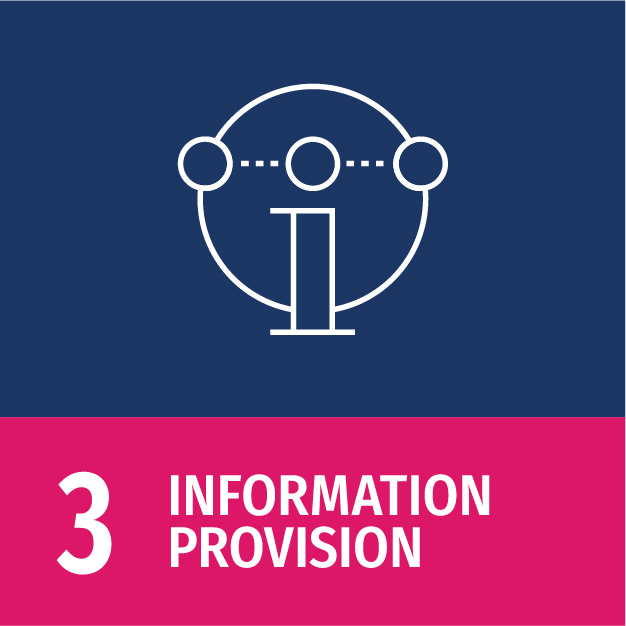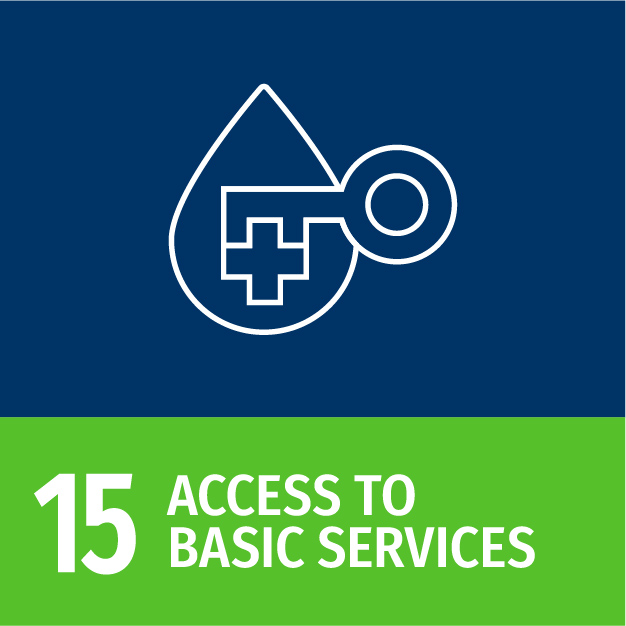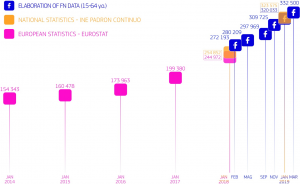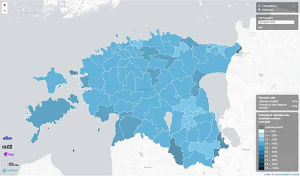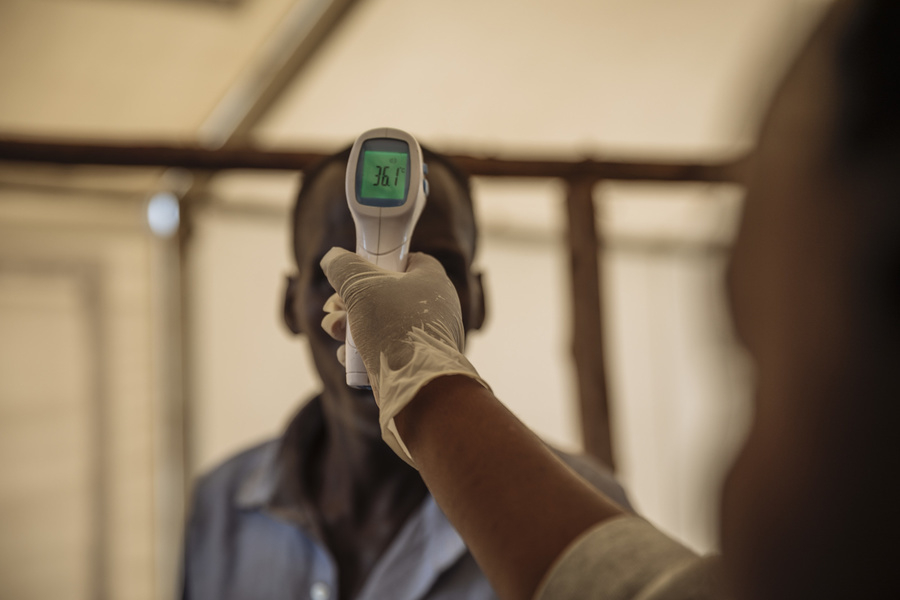
Monitoring human mobility during the COVID-19 lockdown in Ghana using mobile phone data from Vodafone
Summary
This project demonstrated how the Ghanaian population reacted to the restrictions that aimed to counter the spread of the Coronavirus during the period from February 17 to March 31, using call detail records (CDRs) of mobile phone users. It monitored the volume of movements in between regions and city districts before and after lockdown policies were implemented and allowed for insights into the effectiveness of the individual measurements implemented. The data was provided by the mobile network operator (MNO) Vodafone Ghana and analysed on an aggregated level in agreement with users’ data privacy rights.
Results
This report shows how mobile telecommunications data can be leveraged to provide timely and relevant insights during a crisis. The analyses were performed within a very short timeframe and were intended to provide a high-level overview of a fast-moving situation. For instance, the results demonstrated that in case of the initial restrictions in urban areas – closing schools and banning public gatherings – it took half a week to decrease movements in between districts down to 70 per cent of the usual average; and once the total lockdown was imposed it fell sharply down to 50 oper cent of the pre-pandemic average movement. Movements in between regions on the other hand increased just after the total lockdown was announced – although not yet implemented – since presumably many Ghanaian residents went home to their families in anticipation of the measurements. Overall, this report presents how mobile phone data can provide quick and precise assessments of national and local human mobility behaviour, valuable for monitoring and designing responses to public health emergencies such as the Coronavirus pandemic. Potentially, this project approach can be replicated with other data and contexts, provided an exhaustive usage rate of mobile phones.
(Picture: © Muse Mohammed, IOM)
